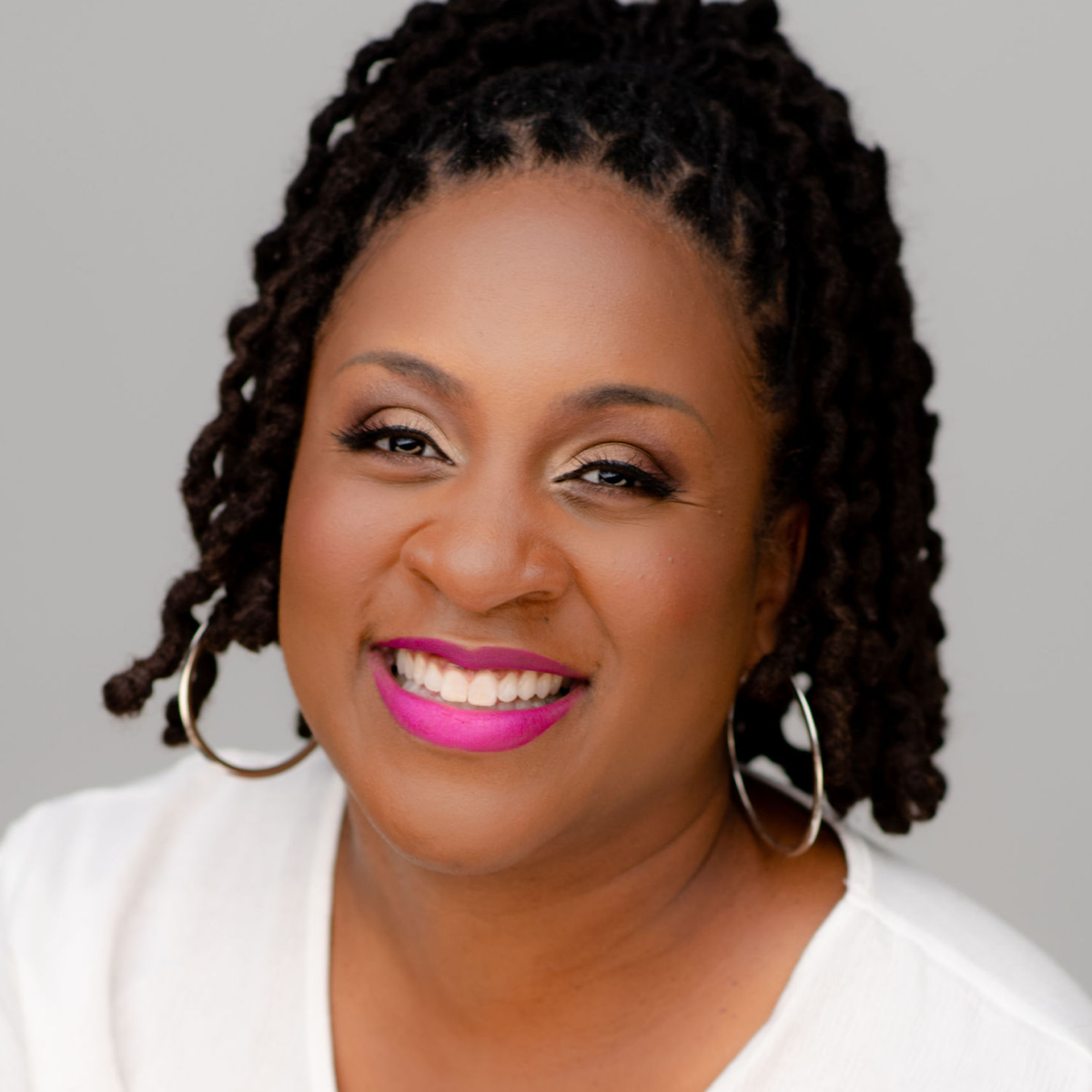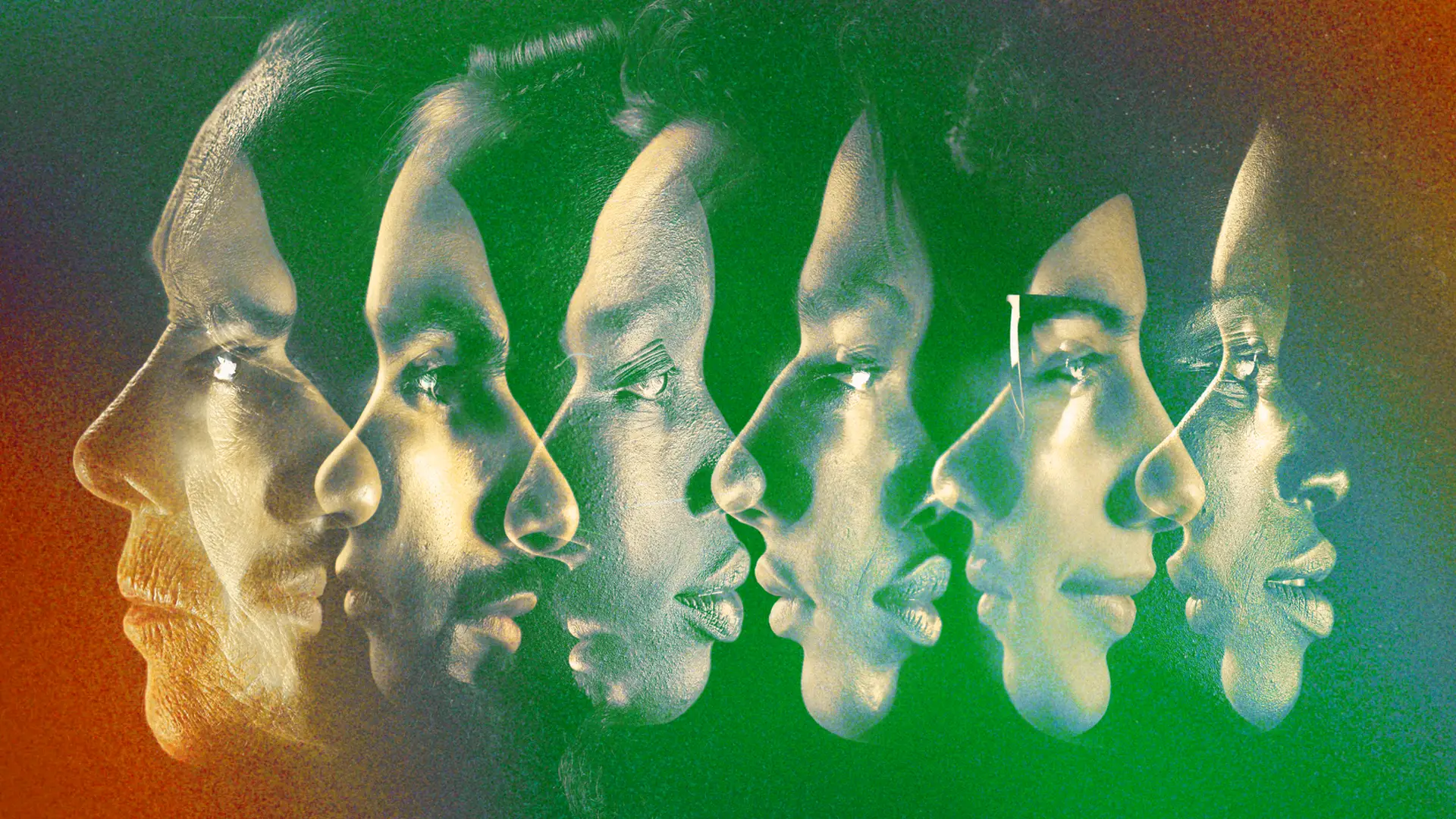

Key Takeaways
- Diversity in the workplace is everyone's responsibility, from entry-level to senior leadership.
- Diversifying personal networks leads to diverse referrals, while senior leaders influence diversity through open communication and inclusion.
- Interview teams, recruiters, and hiring managers are all accountable for diversity, with hiring managers playing a central role in eliminating biases.
- Consistent attention from all employees is necessary for lasting change in diversity.
This article from Jenn Tardy is about how increasing diversity in the workplace is everyone's responsibility. To learn more about how to improve your organization's diversity, equity, and inclusion, check out these new guides: Helpful Diversity Recruiting Strategies You Need To Know and Diversity Recruiting Tools to Match Your Organization.
Have you ever considered this question: Who owns the responsibility of increasing diversity in the workplace?
While training companies on effective strategies to increase diversity in organizations, this question often arises. And here's the truth: Increasing diversity in the workplace is everyone's responsibility. It is the responsibility of senior leadership all the way to the junior and entry-level employees. It is the responsibility of the diversity, equity, and Inclusion, department just as much as it is the responsibility of the accounting and finance department. The moment businesses begin to look at building a diverse workplace in this manner, the more we will start seeing improvements in outcomes connected to the initiative.
Increasing diversity in the workplace is everyone's responsibility.
The challenge we face with increasing diversity in our workplaces is that in many organizations, the responsibility of increasing diversity is thought of as something that only recruiters must do. This mindset often positions recruiters as heroes or villains.
Recruiters being positioned as heroes means that the organization invests significantly into the recruitment department with a mandate that recruiters fix the “lack of workplace diversity” problem by recruiting more individuals from marginalized communities. Recruiters being positioned as villains happens when you hear leaders or hiring managers blame the lack of diversity on the recruiting department and their inability to find and attract candidates from historically underrepresented populations. This hero or villain strategy never works and is often very distracting.
To increase diversity in business, with all its positive upsides (check out our article on how diversity helps creativity), accountability is a necessity. Not only must all employees take ownership of the work, but they must also know what action they are expected to take in order to reach positive outcomes. Let's unpack each of the roles below.
Role #1: All employees
The most powerful thing a workplace can do is to encourage its employees to be intentional about increasing diversity in their private / personal networks. Many organizations fill positions based on referrals from its employees. If there is a lack of diversity within personal networks, workplaces will continue seeing a lack of diversity in their referral program. Check out this article called, “How Can I Help My Organization Increase Representation Among Black Women?” which includes a decision tree infographic designed to show how increasing diversity in one's personal network supports the workplace.
Role #2: Senior leaders
When leaders speak, people listen. This is a level of influence that leaders have within an organization and externally too. Position senior leaders within your organization to talk more openly about representation, the importance of diversity in the workplace, and your company's commitment to Inclusion. Help leaders develop their own call to action for referrals via social media and in person. Make calls to action for referrals by leaders a staple in their public appearances.
Position senior leaders within your organization to talk more openly about representation.
Let's switch gears for a moment because this is a good time to point out that even though ALL employees play a role in increasing diversity, there are roles that are on the front lines of any solid initiative to increase diversity. Let's unpack, below, where they hold accountability.
Role #3: Interview team
The interview team is accountable for helping to assess candidates and submitting to the hiring manager meaningful, relevant feedback to help inform their final selection decision.
Role #4: Recruiters
The recruiter is accountable for the level of representation (i.e., diversity) within the candidate pool presented to you. So, they must do a good job presenting a diverse slate of candidates to hiring managers so that hiring managers are able to make an effective selection decision.
Role #5: Hiring managers
The hiring manager is accountable for making the final selection decision. Always remember this. The person who makes the final selection decision is the person held most accountable for the level of diversity that is within an organization. As the decision-maker, the hiring manager is the gatekeeper who gets access to opportunities at your company.
The person who makes the final selection decision is the person held most accountable for the level of diversity that is within an organization.
Though increasing diversity is every employee's responsibility, hiring managers play the most central role. If you are a hiring manager and you are wondering what you can do and what actions you can take to have the best outcomes, here is what I would recommend.
To increase diversity as a hiring manager, the best thing you can do is to be aware of your own biases in the context of interviewing and selecting candidates and then eliminate them. Workplaces go wrong in that they provide ineffective training to hiring managers—the most central role. Diversity recruiting tools, for example equity audits, help mitigate this type of bias, but are not the only solution. Many hiring managers receive generic unconscious bias training which means that they have been told about what bias is, but not how it shows up during the interviewing and selection phase of the hiring process. So, many hiring managers are not aware of how to identify their own bias in this context. They are not aware of their own biased ideas, feelings, and beliefs that shape the lens through which they view which candidates are perceived as qualified and which candidates are perceived as not qualified. They are unaware of their own biased ideas that show who is perceived as professional and who is perceived as not professional and who is perceived as having leadership presence and who is perceived as not having leadership presence.
To make a significant difference, everyone in your workplace must be on the same page with the same intention: to increase diversity. Make sure that your teams know where they hold accountability and provide the necessary support to make lasting change.
Related

Great brand collaborations are the best to strengthen identity.
Design & Experience, Insights & Trends, Marketing & Creative, Beauty and Fashion

Consumer demand and policy are driving EV market growth.
Development & Technology, Insights & Trends, Automotive

Are you missing opportunities to improve health screenings?
Design & Experience, Marketing & Creative, Health

